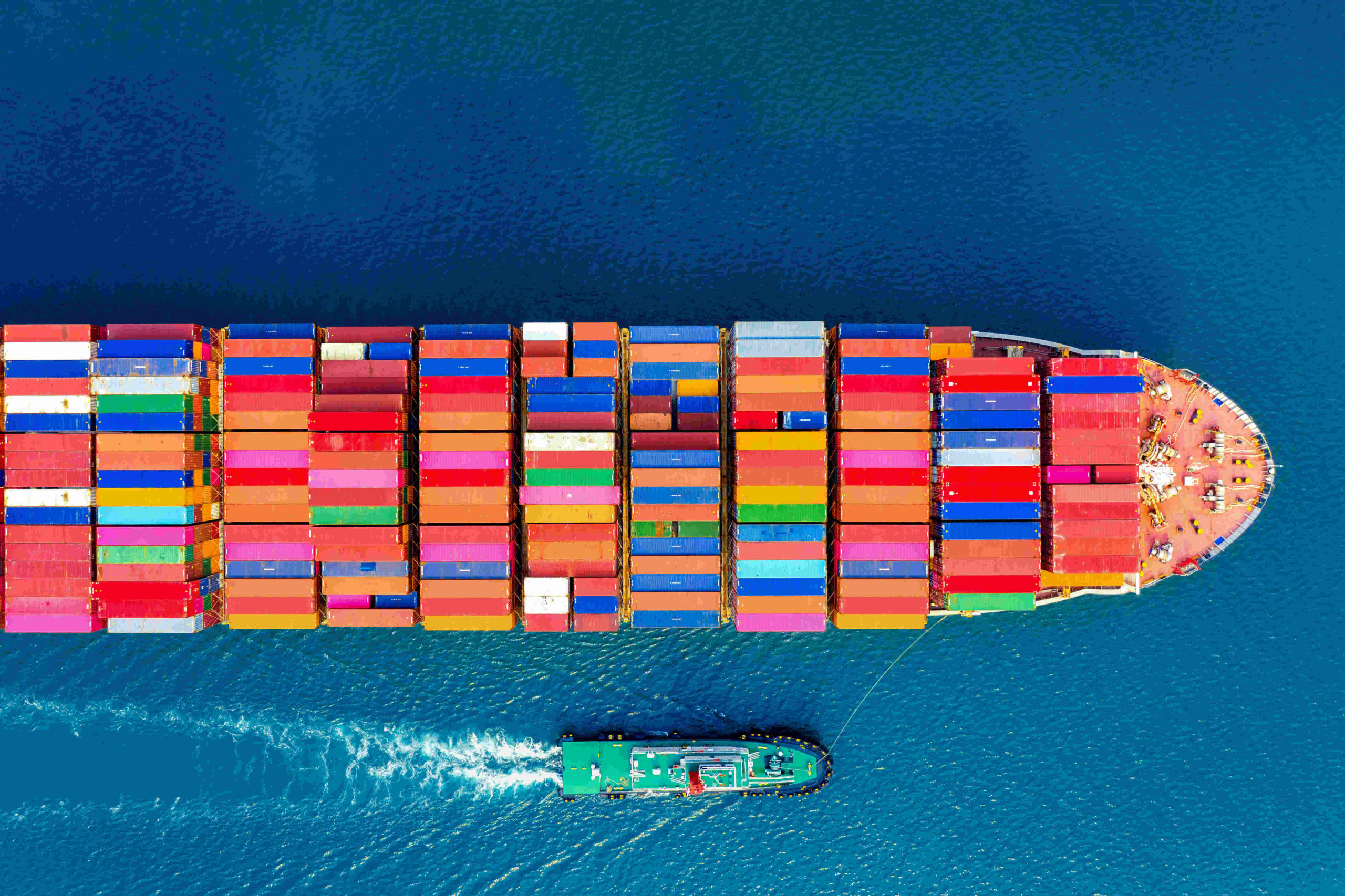Now not many people are aware of the risk that batteries pose to nature and to the field of logistics. Yes, we have batteries all around us and on your laptop, your mobile devices, and whatnot, and sometimes these batteries do pose a hazard, like when they overheat or are used at extreme temperatures than what they are designed for and batteries are brought from different parts of the globe, from the manufacturing plant to the assembly unit, they make a long and tedious journey, one that can end in a disaster if not properly transported. There are certain guidelines and protocols that should be followed during the transportation of batteries and let us take a look at them.
Top Things To Watch During Transportation Of Batteries
1. Lithium-Ion Batteries
The type of packaging that must be used varies from battery to battery as the chemical composition of batteries are not always the same we have Lithium-ion batteries, lead batteries, and so on, and the packaging box varies depending on the battery that we are transporting. When it comes to lithium-ion batteries, the very same type of battery that powers all of our mobile devices is the risk of short circuits. Lithium-ion batteries can be of two types rechargeable and non-rechargeable, but the safety standards are the same. The rule to follow is to separate all the batteries and place them in their own boxes and not group all of them into one large box as it is very dangerous because one spark can lead to a chain reaction. Also, make use of an internal container inside the box to keep any leaking fluids intact and the terminals should be covered at all times.
2. Lead Batteries
The place where we see lead batteries used extensively is in the automobile industry, inside the cars and lead batteries are corrosive in nature. Apart from short circuit acid leaks from the batteries can also cause harm. The protocols to follow for lead batteries is to cover the terminals, there should be a non-conductive layer between each battery and only one type can be transported by the company at a single time, which means lead and lithium-ion batteries cannot be transported on the same vehicle at once.
3. Nickel Type Batteries
When it comes to nickel-based batteries there are no restrictions as they don’t pose any threat, but still, all the safety precautions that are taken for lead and lithium-ion batteries are also taken here. The most important protocol is to make sure that the box in which they are being transported is not made from metal.
4. Proper Labeling
All materials that are hazardous and pose a threat should be marked. properly to warn the loading and unloading crew so that they can the adequate safety measures to handle them with extra attention. Based on the category of the material the labels also change and for batteries the UN has released various labels, for lithium-ion batteries, it is UN3480 and varies depending on the type of the battery and for lead batteries, there would always be a corrosive material inside warning sticker outside the container.
5. The Right Service Provider
One thing you should keep in mind is that not all service providers ship out batteries to various parts of the globe because of the risk that is associated with it, so go with a logistics and cargo service provider that has handled these dangerous items before and has a proven track record and properly trained personnel to handle any crisis situation that may arise. When it comes to lithium-ion batteries most of them can’t be shipped by air, but there are relaxations that allow it to be shipped by air, but mostly it is done by land and the sea route, so going with a service provider that has a wide range of fleet is the best bet.
Conclusion
Now having learned all the important details that are needed to transport batteries across the globe, long-distance, we must always be careful, the battery containers must be properly tested by the manufacturer before it is being sent out for transportation, it must be tested to handle high temperatures and pressure that it might face in real life, making it safer from the time of inception and which will make the dispatch process a lot easier.



